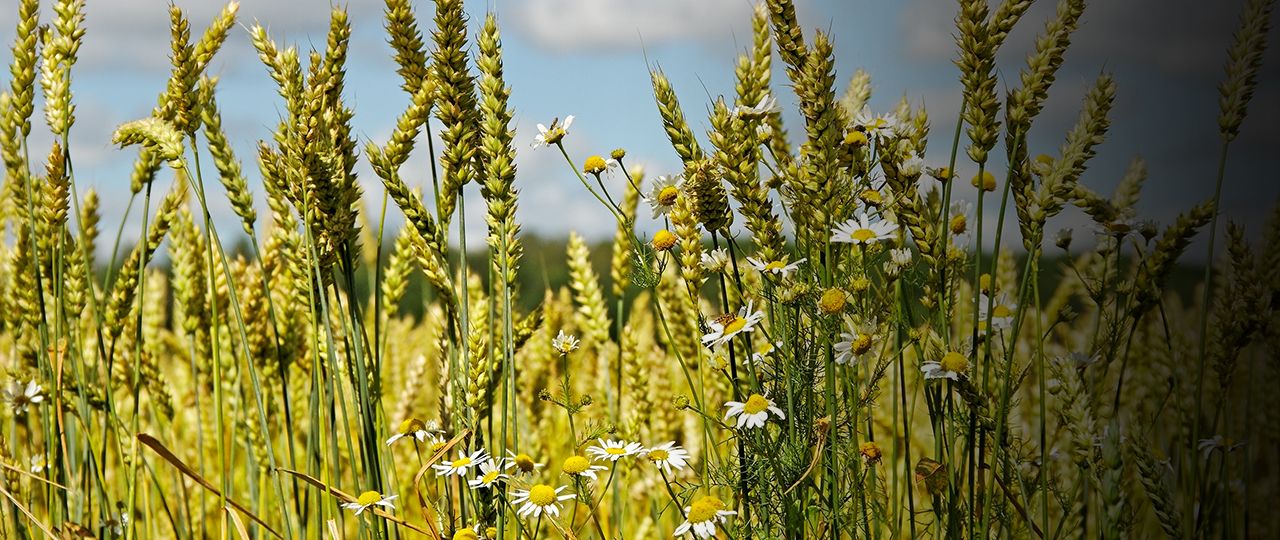![8483234-Rob_Wilkinson05-800[1]](https://2391de4ba78ae59a71f3-fe3f5161196526a8a7b5af72d4961ee5.ssl.cf3.rackcdn.com/cache/thumbnails/8483234-rob-wilkinson05-8001-24527d21f88d6ed8d2a98607630686cd.jpg)
Rob Wilkinson MBPR (Agric)
Director, Farming

![8483234-Rob_Wilkinson05-800[1]](https://2391de4ba78ae59a71f3-fe3f5161196526a8a7b5af72d4961ee5.ssl.cf3.rackcdn.com/cache/thumbnails/8483234-rob-wilkinson05-8001-24527d21f88d6ed8d2a98607630686cd.jpg)
Director, Farming
A cover crop is grown to provide ground cover, rather than leave bare land, which, over time, should help to protect and improve the soil.
Trials have indicated that the use of cover crops can also reduce machinery, fuel, fertiliser and crop protection costs.
Getting the most from a cover crop really comes down to selecting the right crop for your farm’s conditions and the issue you are dealing with.
In order to maximise the benefits, it is important to consider crop establishment and growth, how to manage the cover crop, its destruction and how to establish the following commercial crop.
Crops are often grown as mixtures, with different components delivering specific benefits or ‘solving’ certain issues. For example, crops with deep tap roots can aid soil structure by growing through soil pans. Crops that rapidly cover the ground can smother out weeds and convert residual nutrients into biomass.
The cost of bought mixes can range from £25-£125/ha depending on the seed mix, number of species, sowing rates and supplier. Home-saved seed can be the most cost-effective choice, but farm-saved seed rules do apply which means royalty charges must be paid.
Consider what the following crop is to avoid using a cover crop of the same plant family which can cause pest, disease or weed problems. Care should also be taken to destroy cover crops in advance of the following spring crop, especially if cereals are used in both situations, as in mild winters the cover crop can carry over aphids transmitting barley yellow dwarf virus (BYDV)
Soil and seedbed conditions are more important than sowing date for good establishment, so aim to place the seed directly onto broken soil and time drilling prior to a forecast of rainfall. Poor establishment often results from late sowing or low soil moisture.
If using a cover crops as a cultural method to control blackgrass then an open-structured crop is needed to encourage blackgrass germination in the autumn from the top 5cm. In the spring, it may require two applications of glyphosate to effectively destroy both the cover crop and the blackgrass. Minimal disturbance drilling of the spring crop is also essential to avoid encouraging a spring flush of blackgrass.
Strutt & Parker has produced a briefing note on the use of cover crops which explains in more detail the principles and benefits and indicative costs. For a copy contact Rob Wilkinson or speak to another member of the Farming Department